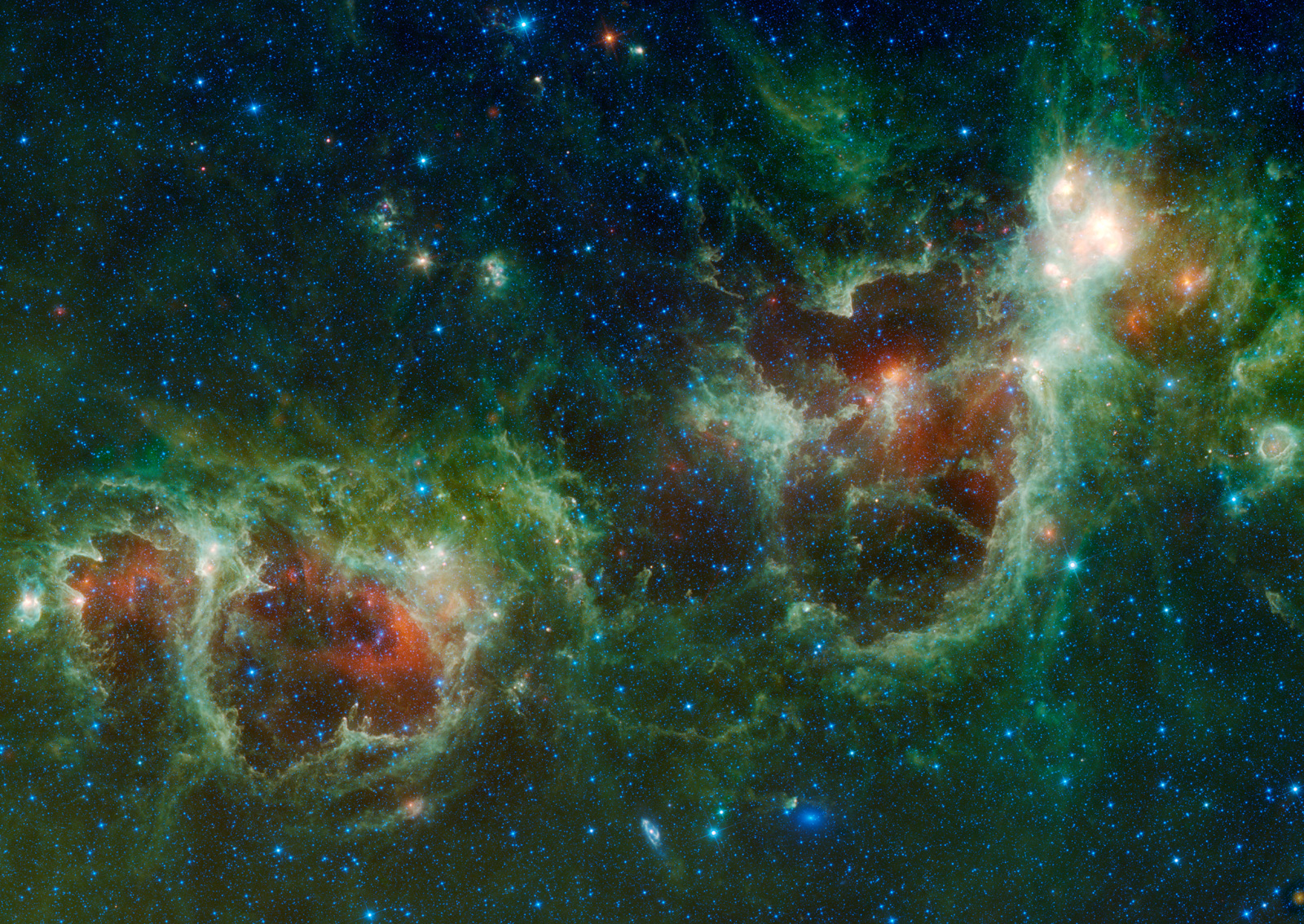



|
1 | Introduction
Introduction People across the globe can now find and download these images directly from the WISE archive. In other words, anyone with an internet connection now has free access to high-resolution infrared images of any object in the night sky, images that can only be taken from space. These instructions will explain exactly how to get the images you want. The WISE archive was created for use by professional astronomers, so it contains some complex terminology and options that may be difficult for the layperson to navigate. With this in mind, these instructions were created to simplify the process and make it more understandable and accessible for the general public. The goal is to provide enough guidance for anyone – teachers, students, amateur astronomers, anyone who’s interested – to be able to find infrared images of any astronomical object they choose.
|
|
|||
